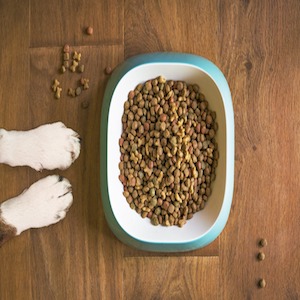A case study on DNA barcoding for pet food mislabeling in South Korea

Accepted: 12 January 2023
SUPPLEMENTARY MATERIAL: 46
HTML: 13
All claims expressed in this article are solely those of the authors and do not necessarily represent those of their affiliated organizations, or those of the publisher, the editors and the reviewers. Any product that may be evaluated in this article or claim that may be made by its manufacturer is not guaranteed or endorsed by the publisher.
Authors
Due to the close relationship between pets and humans, pet owners are highly invested in proper diets for their pets. Even though pet food mislabeling is concerning, there are few studies on this topic. This study investigated pet food mislabeling in South Korea’s market based on DNA barcoding. In total, 10 pet food products were purchased, and 200 sequences of the partial Cytochrome c oxidase subunit 1 (COI) gene were generated from clones of the samples. The obtained sequences were compared to available public databases to identify species present in the ingredients. The data analyses showed that the labeled species were consistent with species detected by COI sequences in 6 of the products. However, the expected species were not detected in 4 products, revealing possible mislabeling in these samples. Our findings indicated that DNA barcoding might represent a promising tool to detect pet food mislabeling.
Supporting Agencies
This study was funded by the National Research Foundation of Korea (NRF) under grant No. NRF-2016M3A9E1915578.Institute of Marine Environment and Resources, Vietnam Academy of Science and Technology, Hai Phong, Vietnam
How to Cite

This work is licensed under a Creative Commons Attribution-NonCommercial 4.0 International License.
PAGEPress has chosen to apply the Creative Commons Attribution NonCommercial 4.0 International License (CC BY-NC 4.0) to all manuscripts to be published.

 https://doi.org/10.4081/ijfs.2023.11074
https://doi.org/10.4081/ijfs.2023.11074



